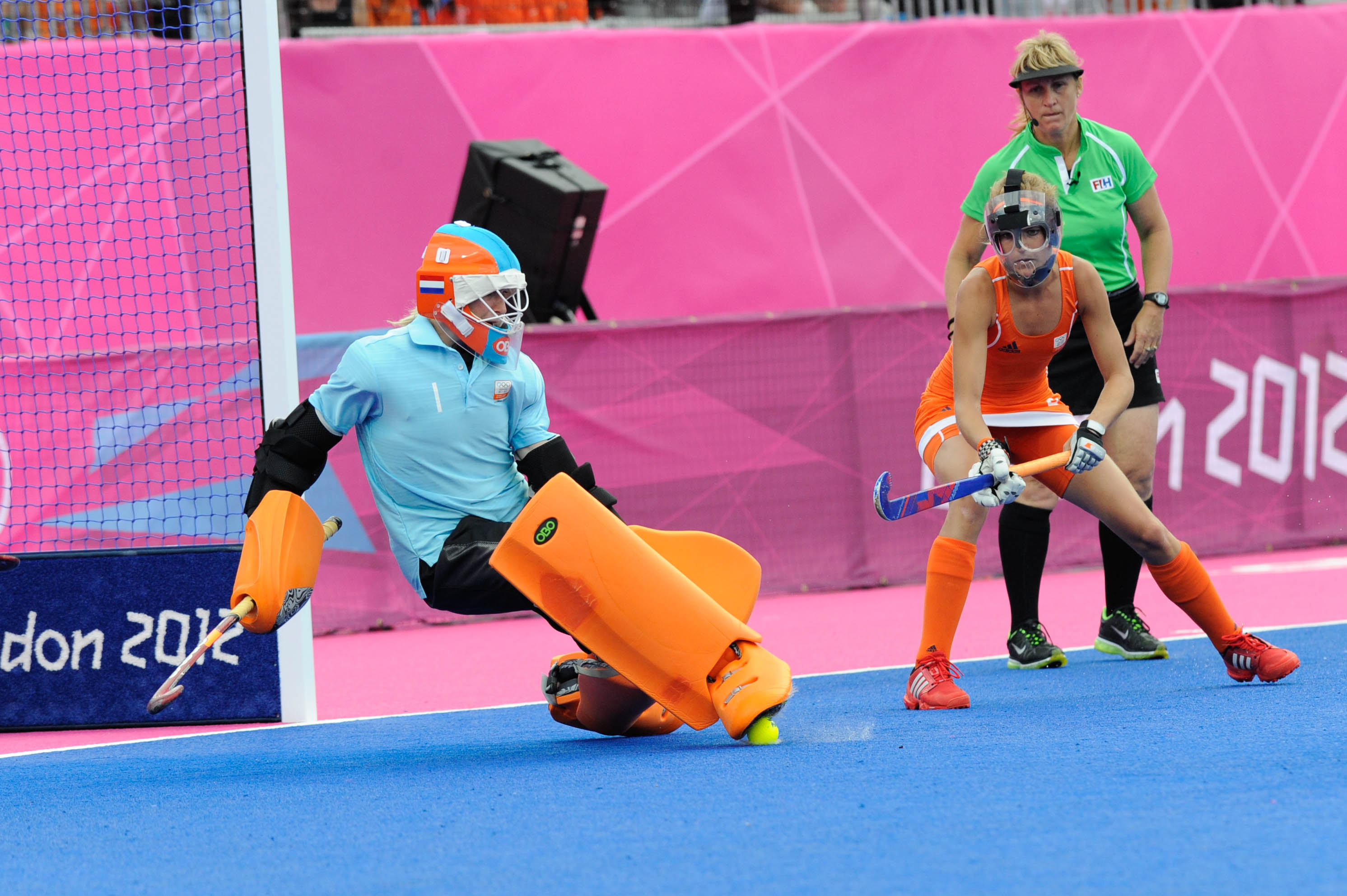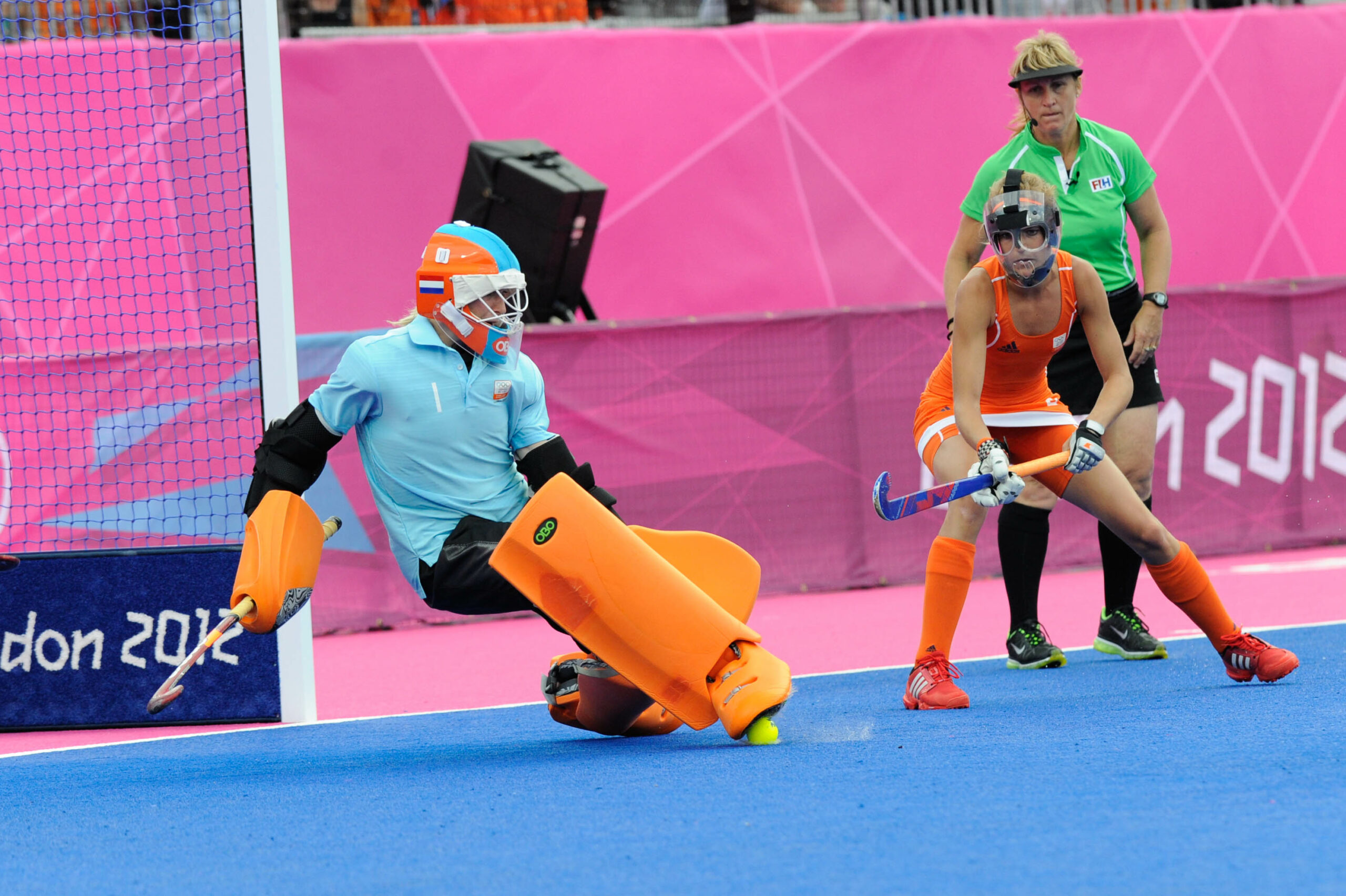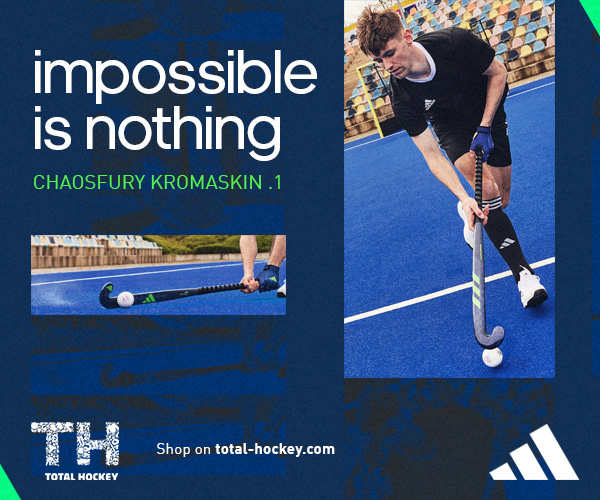
Fortitude Hockey, the goalkeeping experts, brings you the latest top advice in how to improve between the posts
Plenty of time and money is supposedly spent on kicker development by goalkeeping kit manufacturers because we use our feet a lot to save the ball. Kickers must be highly protective, fitted like a second skin, have a robust strap system, maintain good integration with leg guards and have a high level of rebound that doesn’t compromise protection.
FOUR STAGES OF KICKING
PREPARATION
Footwork is essential, get yourself to the ball as quickly as possible. If the ball is out of your natural stride use small steps to adjust as you get closer to making contact.
PLANT
Depending on the pace, angle and height of the ball you may need to plant your non-kicking foot close or far away from the ball. A simple kick means you can plant close to the ball just before making contact, especially on your weaker foot where thinking about the process is vital in the first instance until it becomes habitual.
When the ball is quicker and further away you will need to plant earlier, keep your head over the ball and have a bigger step through or lunge to make contact.
CONTACT
Use the instep as much as possible and watch the ball all the way onto your contact point. Some kickers are more effective closer to the heel, others are better towards the ball of your foot – experiment with yours for optimum power, accuracy and flatness.
Head and shoulders should ideally be over the ball on contact making the timing easier. Power is gained through timing, a good contact point and drive from the planting leg. Lifting the foot and over working the ball is the main cause for lifting the ball – take care with the timing to keep the ball flat and accurate.
FOLLOW THROUGH
This is one of the most important parts of the kick which goes full circle. By driving with planting foot and keeping the weight forward you should end up stepping through the ball, bringing your opposite leg to meet with kicking foot, ready for a second phase save in case the ball has been picked up by an opponent. The follow through keeps you moving positively and committed to the kick.
For hockey coaching and camps, visit www.fortitudehockey.com
‘Expectation to win hockey World Cup will be higher than London Olympics’




